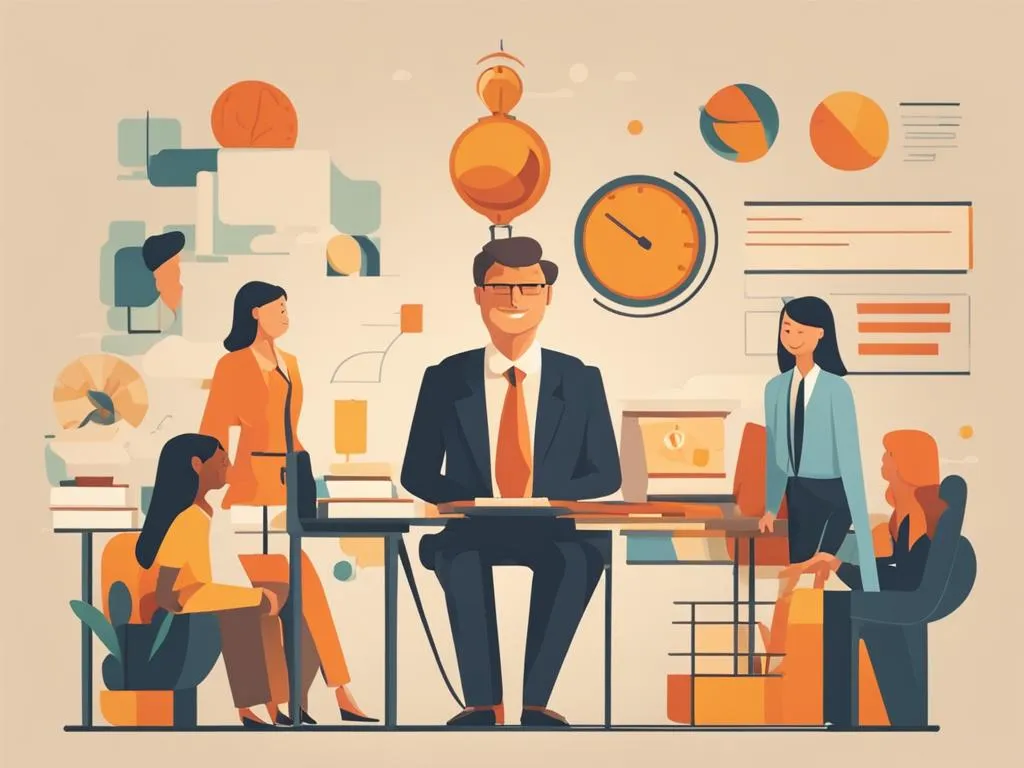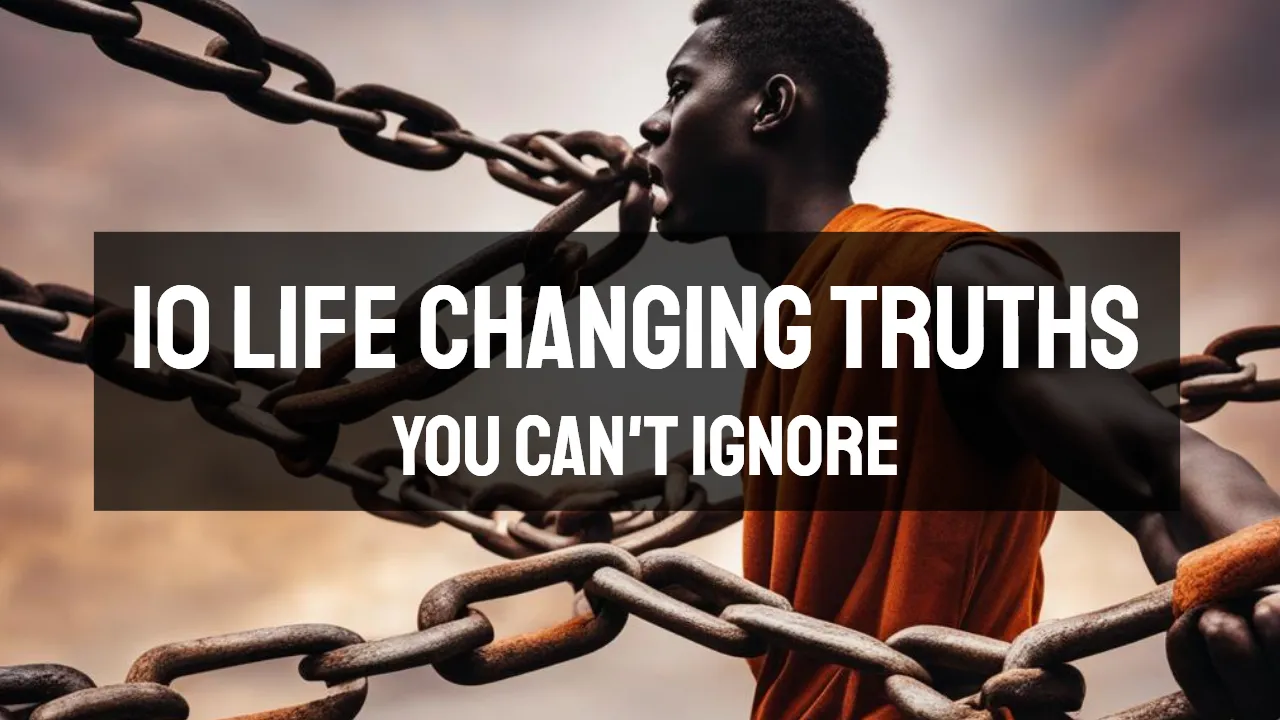AI Driven Job Evolution: How to Futureproof Your Career
Artificial Intelligence (AI) is no longer a distant concept or a futuristic fantasy. It is here, evolving rapidly, and reshaping the way we work and live. The top AI models today have already surpassed the intelligence of most humans. Elon Musk predicted that by the end of 2026, AI will be smarter than 99% of humans due to the development of AGI (Artificial General Intelligence). This seismic shift raises an urgent question: will you still have a job in the near future?
This article explores the transformative phenomenon of AI driven job evolution and offers practical guidance on how to become AI-first, adapting to the new reality where AI is intertwined with every facet of work. Whether you are a knowledge worker, creator, entrepreneur, or professional, understanding this shift and taking proactive steps will be crucial to thriving in the years ahead.
Table of Contents
- The Unpleasant Truth: AI Is Coming for Your Job
- Become AI-First: The New Operating Model
- Try to Automate Yourself Out of Work: A Practical Approach
- You’re Probably Going to Have to Change Your Entire Life, and That’s Great News
- What Is Left Is Mastery and Meaning
- Attention Is the Only Differentiator
- Frequently Asked Questions (FAQ)
- Conclusion: Embrace the AI-Driven Job Evolution
The Unpleasant Truth: AI Is Coming for Your Job
The reality is stark and unavoidable. AI is coming for every job, including yours. This is not an alarmist claim but a reflection of the rapid progression of technology. CEOs of major companies have openly acknowledged this shift, emphasizing that AI will transform how work is done by eliminating easy tasks, making hard tasks easier, and turning impossible tasks into hard but achievable ones.
The implications are profound:
- Easy tasks will no longer exist: Routine, repetitive work that can be automated will disappear.
- Hard tasks will become the new easy: AI will assist in making complex tasks more manageable.
- Impossible tasks will become hard: Even tasks once thought out of reach may become possible with AI’s help.
As this transformation unfolds, many people feel uncertain, scared, or confused. Questions abound about what skills to learn, which careers will survive, and how to stay relevant. This anxiety is natural. But it also masks an incredible opportunity for those willing to adapt and evolve.
Become AI-First: The New Operating Model
To survive and thrive in the AI-driven job evolution, the first and most critical step is to become AI-first or at least AI-biased. But what does it mean?
Being AI-first is not just about using AI tools occasionally. It’s an operating model, a fundamental shift in how you work, think, and make decisions. It means integrating AI into every part of your workflow, leveraging it to scale creativity, action, and decision-making rather than merely scaling human labor.
There are broadly three types of AI users today:
- The casual user: Someone who tried ChatGPT or another AI tool once or twice and didn’t see much value.
- The occasional user: Someone who uses AI for simple tasks like internet searches, summaries, or quick answers that save a few seconds.
- The AI-first user: Someone who uses AI extensively, integrating it into every possible task, workflow, and decision-making process.
The AI-first mindset requires developing the skill to communicate with and instruct AI effectively. AI doesn’t replace your creativity or intelligence; it amplifies it. But, only if you know how to guide it with precise, thoughtful instructions. The output quality depends on your skill and imagination in crafting prompts and leveraging AI’s capabilities.
For example, asking AI to “write a persuasive landing page” without detailed context or clear instructions won’t yield the best results. However, if you provide the AI with a voice analysis of your writing style, detailed offer information, and specific goals, it can generate copy that closely mirrors what you would create yourself and amazingly a lot faster.
Think of your AI prompts as little employees that you train, refine, and reuse over time. The better your prompts, the better the results. This process of becoming AI-first is your best defense and advantage in the future of work.
Try to Automate Yourself Out of Work: A Practical Approach
One of the most effective ways to become AI-first is to practice automating yourself out of work. This might sound counterintuitive but bear with me.
Here’s a step-by-step approach:
- Document your workflow: Write down every step of the tasks you perform, including the thought processes, decisions, and creativity involved—think of it as teaching someone else how to do your job.
- Identify repeatable elements: Break down the process into smaller tasks or components that could be handled by AI.
- Create AI prompts: For each task or subtask, write AI prompts that instruct the model on how to perform it.
- Test and refine: Run the prompts, note where the AI falls short, and improve the instructions until the output is at least 90% accurate.
- Save and organize: Store your refined prompts safely for reuse and continuous improvement.
By doing this, you not only increase your productivity but also futureproof your role. When AI capabilities improve, as they inevitably will, you’ll be ahead of the curve, ready to scale your output and creativity exponentially.
Examples of AI-First Workflows
Let’s look at how being AI-first changes different areas of work:
- Product Development: Instead of manual user research and slow feedback loops, AI can summarize interviews, cluster feature requests, and simulate user behavior rapidly.
- Marketing: AI can generate and test multiple content variations, tailor messaging to psychographics, and optimize campaigns in real-time.
- Customer Support: AI can auto-solve tier one issues, summarize complex support threads, and dynamically generate help content based on ticket trends.
These examples showcase how AI-first companies and individuals can operate faster, smarter, and with greater insight.
You’re Probably Going to Have to Change Your Entire Life, and That’s Great News
Adapting to the AI-driven job evolution isn’t just about learning new tools or skills; it may require a fundamental lifestyle shift. This realization might feel daunting, but it’s also an exciting opportunity to break free from old patterns and pursue a more fulfilling life.
For many, the traditional 9-to-5 job has been a source of dissatisfaction for decades. Repetitive, unchallenging work that offers little growth or meaning is common, and AI threatens to automate many of these roles entirely without sympathy.
However, this disruption is also a chance to escape monotonous routines and build a life centered on creativity, mastery, and personal meaning. Instead of being trapped in repetitive work, you are invited to explore new challenges, learn continuously, and create value on your own terms.
Of course, this lifestyle change isn’t easy or immediate. It requires deliberate effort, courage, and sometimes sacrifice. But for those who can embrace it, the rewards are immense.
What Is Left Is Mastery and Meaning
As AI takes over routine and even complex tasks, what remains uniquely human is the pursuit of mastery and meaning. This means dedicating yourself to a craft, a passion, or a domain where you can develop deep expertise and create authentic value.
This is the essence of the “mastery and meaning economy”—a world where your unique insights, experiences, and creative expression are your most valuable assets. AI can assist you, but it cannot replace the essence of your personal touch and vision. To thrive, you need to:
- Choose a field you care deeply about: This intrinsic motivation fuels perseverance and creativity.
- Study and master it relentlessly: Continuous learning and skill development are essential.
- Adopt an AI-first mindset: Use AI as a collaborator and amplifier, not a replacement.
- Share your work shamelessly: Building an authentic body of work that others can find and trust is your safety net.
This approach transforms you from a replaceable cog in a machine to a unique creator with a valuable voice and community.
Attention Is the Only Differentiator
As AI democratizes content creation and productivity, the scarcity in the market shifts from skills or output to attention, trust, and signal. With AI capable of producing vast amounts of content and products, standing out becomes a challenge.
In this new landscape, the most powerful differentiator is your ability to capture and hold genuine human attention. This requires authenticity, consistency, and a deep connection with your audience. Key insights about attention in the AI era:
- AI-generated content is ubiquitous, but generic: Much of the content produced by AI will lack unique perspective or emotional resonance.
- People buy from people: Trust and relationships remain paramount. Your personality, story, and values are what differentiate you.
- Market sophistication increases rapidly: Audiences become more discerning and bored with cookie-cutter content. You must continuously innovate and refine your approach.
By using AI to handle routine tasks like marketing, sales, and support, you free yourself to focus on your craft and build authentic relationships. This balance is the essence of “authenticity at scale.”
However, this path demands continuous learning, adaptation, and work that evolves with market needs. Stagnation is the enemy of success. Keep Learning, keep thriving!
Frequently Asked Questions (FAQ)
Q1: What does it mean to be AI-first?
Being AI-first means integrating AI tools and technologies into every aspect of your workflow, decision-making, and creativity. It’s about using AI as a fundamental part of how you operate, not just as an occasional helper.
Q2: Will AI replace all jobs?
AI will automate many tasks, especially repetitive and routine work, but it won’t replace all jobs. Roles that require creativity, complex decision-making, emotional intelligence, and mastery will evolve but remain valuable.
Q3: How can I start becoming AI-first?
Begin by documenting your workflows, breaking down tasks, and experimenting with AI prompts to automate parts of your work. Practice refining these prompts to improve AI output and gradually build a system that amplifies your productivity.
Q4: What skills should I focus on to futureproof my career?
Focus on deep mastery in a field you care about, creativity, critical thinking, emotional intelligence, and learning how to effectively collaborate with AI tools. Adaptability and continuous learning are key.
Q5: How important is building an audience in the AI era?
Building an authentic audience or customer is crucial. Attention and trust are scarce and valuable assets. A loyal community can provide sustainable income and opportunities even as AI commoditizes content creation.
Q6: Can AI help me create content or products?
Yes. AI can assist in generating ideas, writing drafts, testing variations, and optimizing marketing. However, your unique perspective and input are essential to create compelling and authentic work.
Conclusion: Don't Run Away but Embrace the AI-Driven Job Evolution
The AI-driven job evolution is both a challenge and an unprecedented opportunity. As AI models become smarter and more capable, the nature of work will fundamentally change. Easy tasks will vanish, and the demand for creativity, mastery, and meaningful contribution will soar.
To thrive, you must adopt an AI-first mindset, as much as possible integrating AI deeply into your workflows and learning how to automate routine tasks. At the same time, focus on building mastery in your craft and cultivating authentic relationships with your audience.
Remember, AI is not your enemy. It is your most powerful tool to amplify your creativity and productivity. By becoming AI-first and embracing change, you position yourself at the forefront of the future of work.
Your mission is clear: adapt, evolve, and build a body of work that is impossible to ignore. The future belongs to those who can harness AI to unlock their highest potential.



